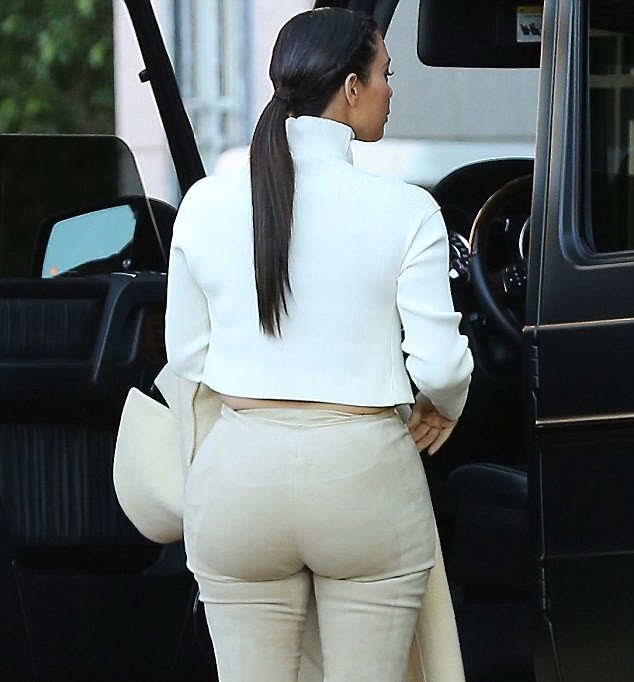Debunking the Myth: Butt Size and Vaginal Size – Fact vs. Fiction
It’s a question that circulates online and in casual conversations: is there a correlation between a woman’s buttock size and her vaginal size? The short answer, backed by science, is a resounding no. Let’s delve into the anatomy and dispel this persistent myth.
Understanding the Anatomy: Separate Structures, Separate Functions
The Buttocks: A Tale of Muscle and Fat
Your buttocks, or glutes, are primarily composed of three muscles – the gluteus maximus, medius, and minimus – overlaid with varying amounts of fat tissue. The size and shape of your glutes are largely determined by genetics, hormonal fluctuations, your overall body composition, and your level of physical activity. These factors dictate the distribution of muscle and fat, shaping your posterior.

The Vagina: A Dynamic Internal Organ
The vagina, on the other hand, is an internal, muscular, and remarkably elastic canal connecting the external genitalia to the cervix. While individual variations exist in vaginal size, this variation is completely independent of the size and shape of the buttocks. The vagina’s size is not influenced by external fat or muscle mass.

Is There a Real Connection? The Scientific Truth
The simple truth is: absolutely not. There’s no anatomical or scientific evidence linking the size of a woman’s buttocks to the size of her vagina. The distribution of gluteal fat and muscle mass has absolutely no bearing on the internal structure of the reproductive system.
Factors Influencing Vaginal Size

Several factors independently contribute to vaginal size and elasticity:
- Genetics: Inherent variations exist in vaginal anatomy.
- Childbirth: Vaginal delivery can impact vaginal tone and flexibility.
- Age and Hormonal Changes: Estrogen levels and age-related changes affect vaginal tissue.
- Pelvic Floor Muscle Strength: Strong pelvic floor muscles contribute to better vaginal tone.
- Medical Conditions and Surgeries: Certain medical conditions or procedures can influence vaginal structure.
Why This Myth Persists: Culture, Media, and Misinformation
The persistence of this myth highlights the power of cultural perceptions and misinformation. Media portrayals often intertwine external body shape with assumptions about internal anatomy, fostering this misconception. Societal stereotypes regarding ideal body shapes further contribute to this inaccurate belief. This can, unfortunately, lead to body image issues and unnecessary anxiety for women who may feel judged based on inaccurate assumptions.

Focusing on Pelvic Health and Well-being
Rather than fixating on misleading correlations, prioritize your overall pelvic health and well-being. This includes:
- Pelvic floor exercises (Kegels): These strengthen the muscles supporting the pelvic organs.
- Regular gynecological checkups: Essential for preventive care and addressing any concerns.
- Healthy lifestyle: Maintaining a balanced diet, regular exercise, and a healthy weight positively impact overall health.
- Open communication: Don’t hesitate to discuss any concerns about reproductive health with a healthcare provider.
Embrace Your Unique Body
Every body is unique. No single physical trait defines a person’s health, abilities, or worth. Let’s move beyond unfounded assumptions and celebrate the diversity of human anatomy. Understanding the actual science behind our bodies is key to promoting body positivity and accurate health information. If you have any concerns about your reproductive health or anatomy, always consult a qualified medical professional.



